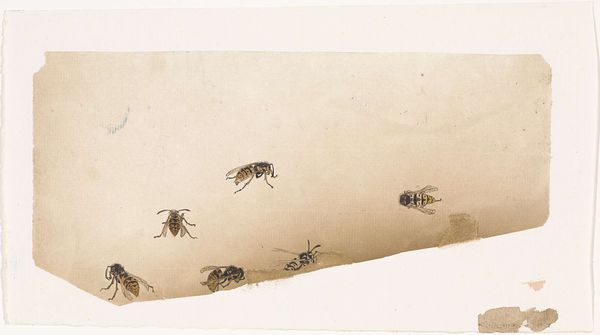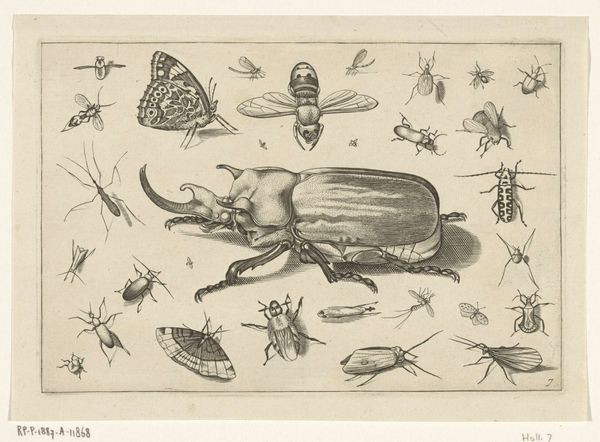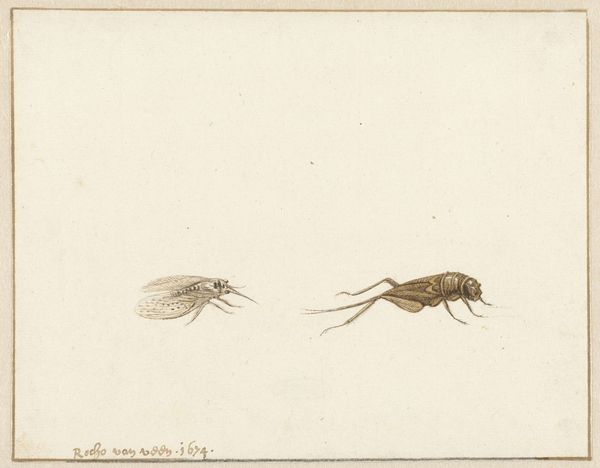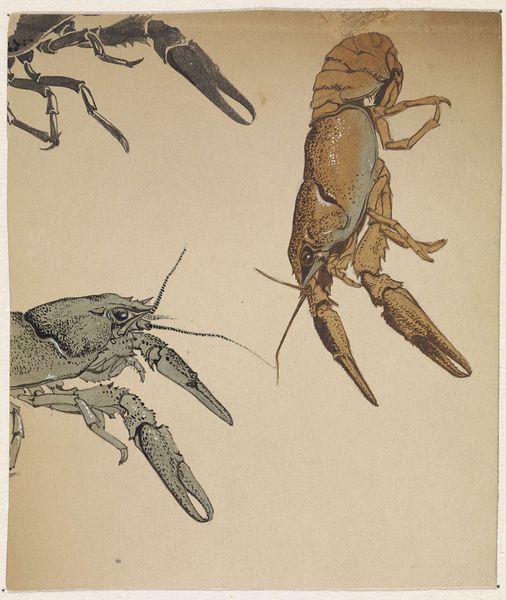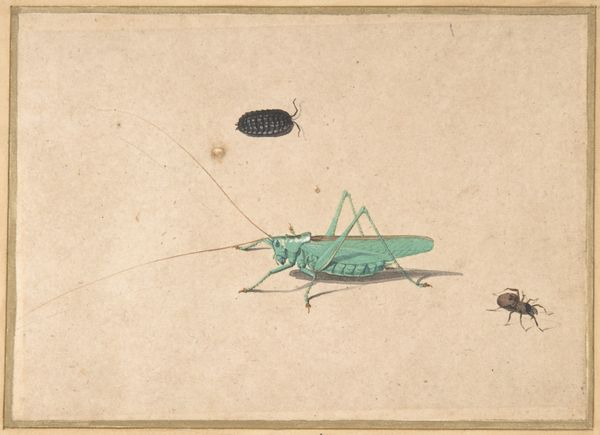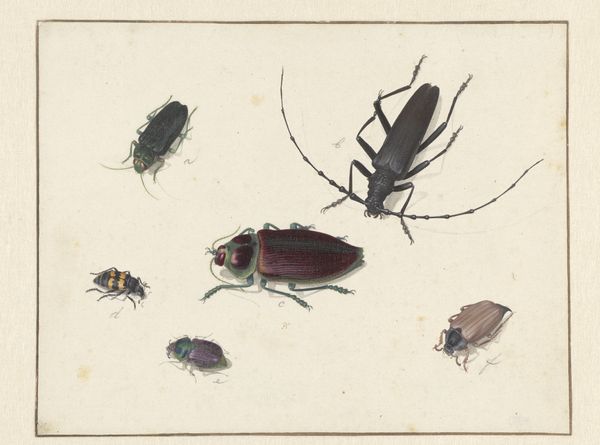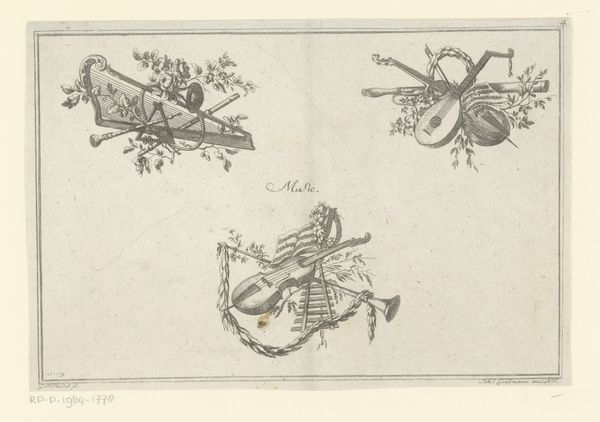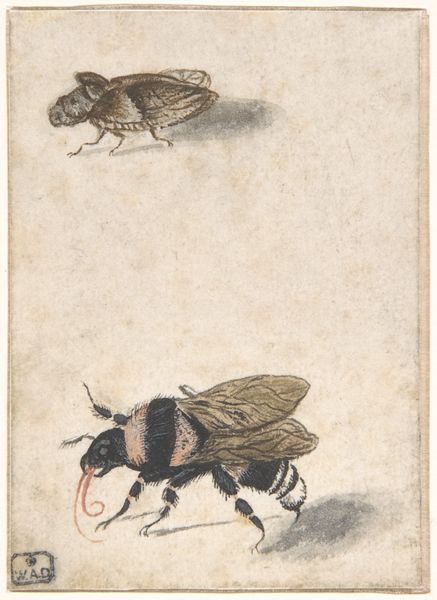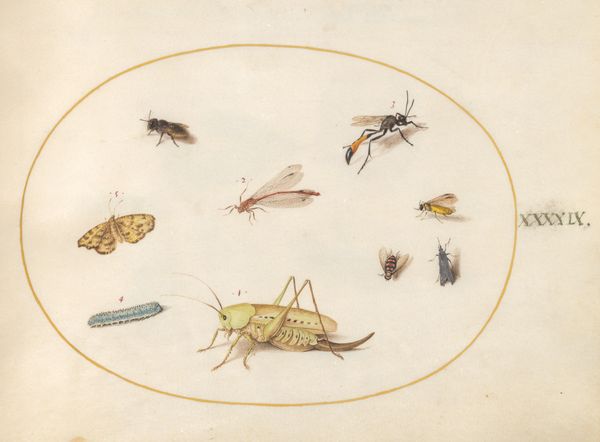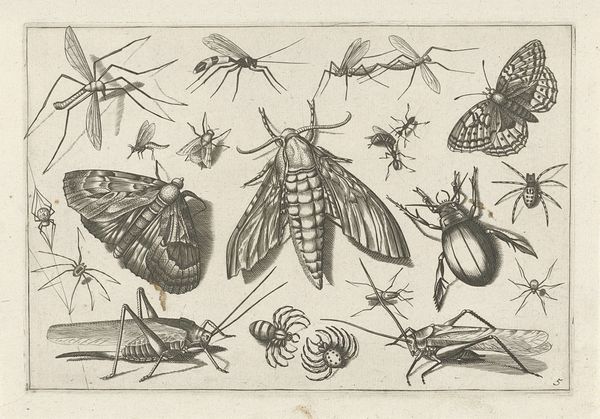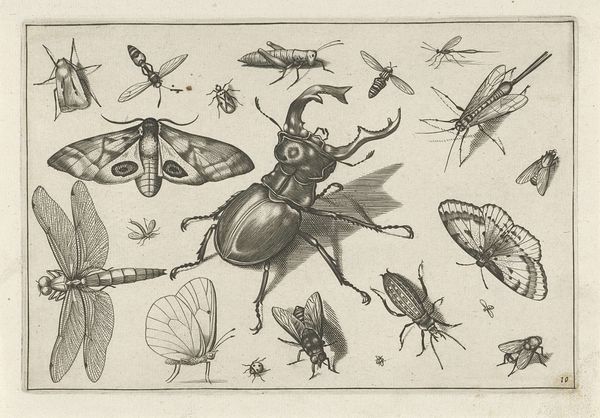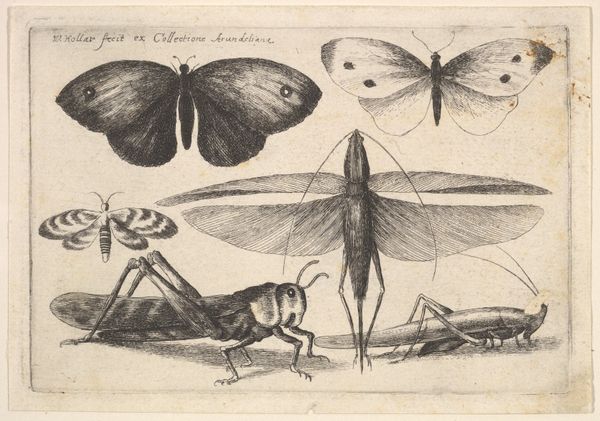
drawing, paper, ink
#
drawing
#
landscape
#
paper
#
ink
#
naturalism
Dimensions: height 660 mm, width 480 mm, height 214 mm, width 343 mm, height mm, width mm
Copyright: Rijks Museum: Open Domain
Editor: This ink drawing on paper, titled "Beetles, chafers and grasshoppers (to be identified)," was created by Robert Jacob Gordon, likely between 1777 and 1786. I'm struck by the level of detail in each insect, given the constraints of the medium. What's your take on it? Curator: Considering its materiality, it's important to understand the socio-economic context. Gordon was a military officer and explorer. This wasn't just art; it was documentation, likely linked to resource exploitation in the Cape Colony. The "naturalism" tag highlights its purpose: a visual inventory. Who did this serve and what was the final application? Editor: That's fascinating! It reframes my understanding. So, instead of aesthetic appreciation, you're emphasizing the drawing's role in a system of colonial resource management? I was only considering its art historical context. Curator: Exactly. Ink and paper, readily portable, were tools. The artist’s hand was essentially an instrument of scientific classification and economic control. Think about the labor involved, the process of collecting and depicting these specimens... were they shipped back to Europe? Editor: Possibly? Now I'm seeing this less as a simple nature study and more as part of a network involving labor, resource extraction, and dissemination of knowledge – knowledge that perhaps directly benefited the colonizers. It changes the narrative completely! Curator: Precisely! The medium isn’t neutral; it carries the weight of the era's social structures. Next time, consider the materials as carriers of social intent. Editor: Thank you. I’ll definitely remember that: the material holds so much more when we consider it critically.
Comments
No comments
Be the first to comment and join the conversation on the ultimate creative platform.
